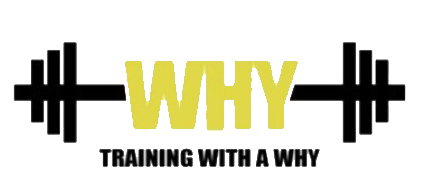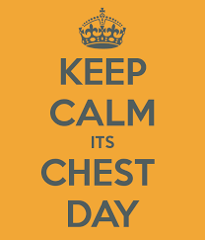In all the years that I have been weight training I can count on one hand the amount of people I have come across in the weight room that wasn’t trying to get a bigger bench press. This is not counting the hamsters running on the elliptical for an hour at a time. Everybody, and I mean everybody, wants a bigger bench press and if you are the one person that doesn’t well then just keep quiet because you are weird anyways. I will always say that the best way to get good at something is to simply do it and do it often. If you want a bigger bench press then you must bench and bench often. However, there are ways to be creative and work on specific parts of the lift. Training specific parts of a lift is a form of weak point training and is how powerlifters train for competitions. Side note, you do not need to be a powerlifter training for a competition to use these techniques. Instead of looking at the bench press as one single lift we break it down into one lift that has a beginning, a middle, and an end. There are exercises and techniques to target each of these different parts of the lift and in this article I want to focus on the “end” of the lift which we refer to as the top or lockout portion. This is a common part of the lift to get stuck on, myself included. In the bench press the lockout portion of the lift involves a good bit of triceps so these three exercises I am about to discuss will also improve your triceps strength and size. These three exercises are very similar with some slight differences that make each unique but effective at helping you improve the lockout portion of your bench and thus a bigger bench overall.
Pin Press
The pin press is a great exercise for training to maintain tightness in the upper back, especially at the bottom of the lift, something that most lifters struggle with. It also trains explosiveness out of the “hole” or bottom portion of the lift because you are pressing from a dead-stop. However, as stated in the intro, the greatest advantage that I find with the pin press is the benefits of improving the lockout portion of the bench press. By shortening the range of motion of the lift, the pin press allows you to handle heavier weight and overload your shoulders and triceps. This will improve both your shoulder and triceps size and strength which will in turn strengthen your lockout. What separates the pin press from the floor press is that your entire body is still included in the pin press, legs included, something that the floor press does not include in the lift.
[evp_embed_video url=”https://billmarnich.com/wp-content/uploads/2017/10/IMG_1696.mov”]
Can’t play video? Click here: Pin Press
In the video you will notice that the pins are placed right above my chest. I like placing the pins directly above my chest, not too high above, so that I can also practice staying tight at the bottom of the lift.
Floor Press
The floor press is unique because it takes away the bench. You set the pins at the very bottom of the rack and lay flat on the floor. Usually it puts you in a tough spot to un-rack the weight yourself so you may need a liftoff. Your legs are also lying flat on the floor, this will completely take your legs out of the equation. By taking your legs out of the lift even more emphasis is placed on your triceps. This is the reason this lift is effective at increasing triceps strength and size.
[evp_embed_video url=”https://billmarnich.com/wp-content/uploads/2017/10/IMG_1694.mov”]
Can’t play video? Click here: Floor Press
In the video I am pausing at the bottom of every rep. The length of the pause can very but I highly recommend pausing to train explosiveness out of the bottom of the lift.
Board Press
The board press is a great exercise for training every possible sticking point of the bench press. You can use a one board press, a two board, three board, and a four board press for training different sticking points throughout the bench press. For the purpose of training the lockout phase of the bench press a three-board press is usually the go-to exercise. This obliviously shortens the range of motion so that you can handle heavier weight. The tough part of this lift is that you usually need two buddies to help you out. One holding the board on your chest and the other to give you a spot. You want to make sure that you keep a normal bar path when executing a board press. Do not change anything you normally do in your conventional bench press.
[evp_embed_video url=”https://billmarnich.com/wp-content/uploads/2017/10/IMG_1698.mov”]
Can’t play video? Click here: Board Press
There are two ways you can use the board press. One way is like how I did it in the above video, bring the bar into the boards and think about squeezing the bar down into the boards, like you are trying to crack the board. This is a great way to train to squeeze your back, maintaining tightness throughout the lift. The other way is to barely touch the board before pressing it back up. This is effective at training to maintain control throughout the lift.
As always, thanks for reading and be sure to support this site by subscribing with your email.


